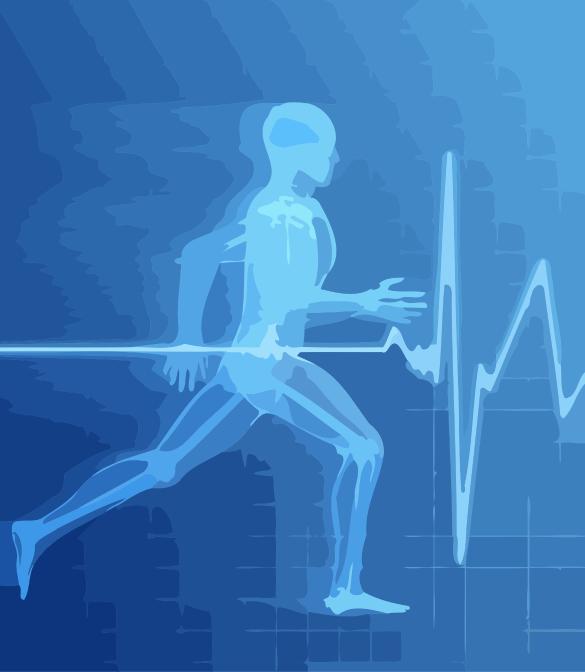Maximizing the Benefits from Your Workouts

So you go for walks to the grocery store or maybe you walk around the block during your lunch hour. Of course it burns a few calories, and you get some fresh air, but are these activities really enough to have any significant physiological impact?
Let us look at what we mean by physiological changes, because there are several of them. The three adaptations that most people are after include:
Improve cardiovascular endurance refers how well your heart and lungs they can supply your body and muscles with oxygen and how quickly they can remove waste products. Stronger heart muscles can contract more efficiently and therefore circulate more blood with each contraction. The good thing is that the heart is very adaptive. With the proper exercise it can quickly become a fitter muscle. One way to test your heart's health is by taking your resting heart rate. The lower it is the better, because it means that it can circulate blood with less effort. It can be as low as 35 beats/minute if you are very fit, to as high as 150 if you have health issues.
Increase muscle strength or to put it another way, the amount of force a muscle can exert in one attempt. Although the number of muscle cells do not increase with exercise, the cells do become larger in size and improve in their ability to contract. And, like the heart, they will adapt when stressed (exercised) quite well.
Increase muscle endurance or how many times a muscle can contract under a given amount of resistance. This is dependent on the muscle strength, but also on the muscle's ability to metabolize energy and oxygen, and to remove waste. The energy production is mainly dependent on the number of mitochondria in each muscle cell. The mitochondria is the engine of the cell and is responsible for producing energy. The more mitochondria present the more energy that can be produced. And the more a person trains the more mitochondria there will be. However, it takes some time for your body to create more, so be patient.
Note: All the above adaptations will not remain very long if you stop exercising. Cardiovascular improvement will disappear the quickest, while strength will remain the longest.
In order to improve fitness at least one of the following workout principles must be applied.
- Frequency: As a guideline you need to workout at least 4-6 times per week to see improvement. If the frequency is too low there is too much time between workouts for any adaptation to remain. Of course you do need some days off, especially if the intensity and duration are really high.
- Intensity: When doing cardio work you should aim for your heart to be between 60%-80% of its maximum. This is calculated with the following formula [(220 – your age) X 60% or 80%]. If the intensity is too low it will not force any metabolic changes (e.g. building more mitochondria, strengthening blood vessels, etc).
- Duration: The minimum of any workout should be 30 minutes. Of course this will depend on the intensity. For example, if you are a sprinter your bouts will be only a couple of minutes. But, you will need to do it many times repeatedly.
- Variety: If you love jogging you still should not do it all the time. Throw some cycling or swimming into the mix or even some strength exercises. This will help prevent boredom, but more importantly reduce the chance of over-use injuries.
Keep in mind that if you are always doing the same thing, with the same intensity, same duration, same frequency, there will be very little, if any, adaptation. Once your muscular endurance is at a certain level, it will not change unless you change something in the principles listed above.



Leave a Reply